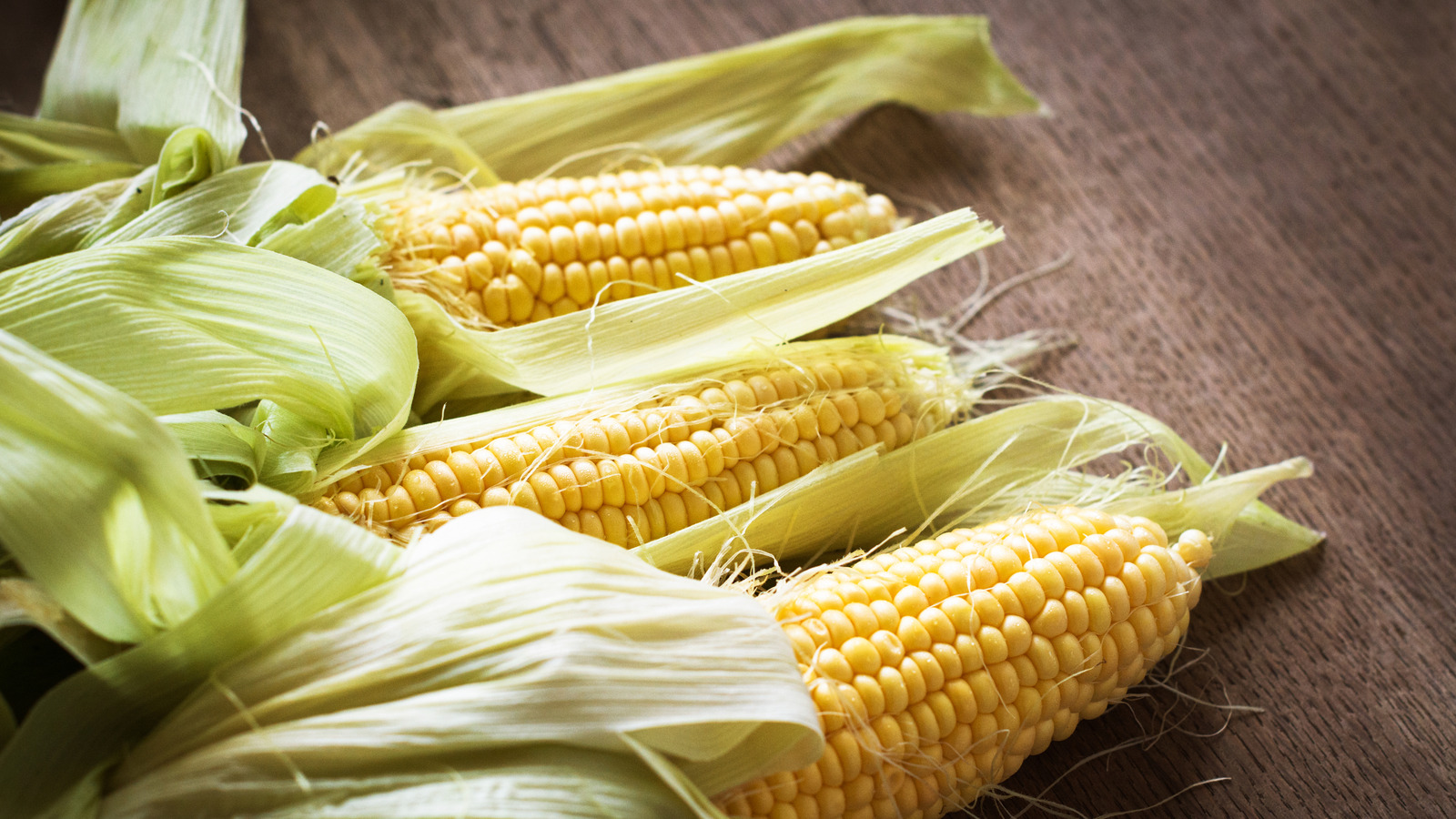Corn is one of the few vegetables where the frozen variety can be better than fresh. It retains its texture and flavor and can even be higher in nutrients. While you might have added many a bag to your shopping cart, you might not have considered freezing it yourself. The answer is you can and you absolutely should — it’s the best way to deal with a surplus in the summer months and will last you long after the season is over.
The first step is to shuck the corn, then add it to a pot of boiling water. After blanching for three to four minutes, transfer to an ice bath to stop the cooking process and let sit for another five minutes. At this point you can slice off the kernels for freezing or leave the corn cobs intact. Although blanching is recommended to preserve the quality and texture, you can also freeze raw corn kernels after simply cutting them off the cob. After prepping and drying well, transfer the kernels or even the whole cobs to airtight freezer bags and remove as much of the air as possible.
Storing and thawing frozen corn
When stored correctly, corn on the cob should last 12 months in the freezer, while corn kernels are best eaten within six to 10 months. It’s most likely still safe to eat after that time, but you’ll need to be on the lookout for signs of spoilage. A common pitfall for frozen foods is freezer burn, which you will recognize from the development of ice crystals over the surface of the corn. While it does not make food unsafe to eat, it does have a significant impact on the taste and texture, and you’ll probably find the corn has become dehydrated and chewy. Other signs to look for are brown or gray spots on the corn, or a squishy or slimy texture. This is usually a sign of bacterial growth, and the corn should be thrown out. Likewise, if you notice an unpleasant smell, it means your corn has gone bad.
When it comes time to use your corn, how you thaw it will depend on how it was prepared for freezing. Corn on the cob can be placed directly in boiling water and cooked for around three minutes or put straight on the grill. Blanched corn kernels are best thawed in the refrigerator overnight, after which they can be added to salads or fresh dishes. Frozen raw corn can be added directly to cooked dishes where extra liquid isn’t an issue, such as soups, but should be thawed overnight if you want to use it in a saute or corn casserole.






